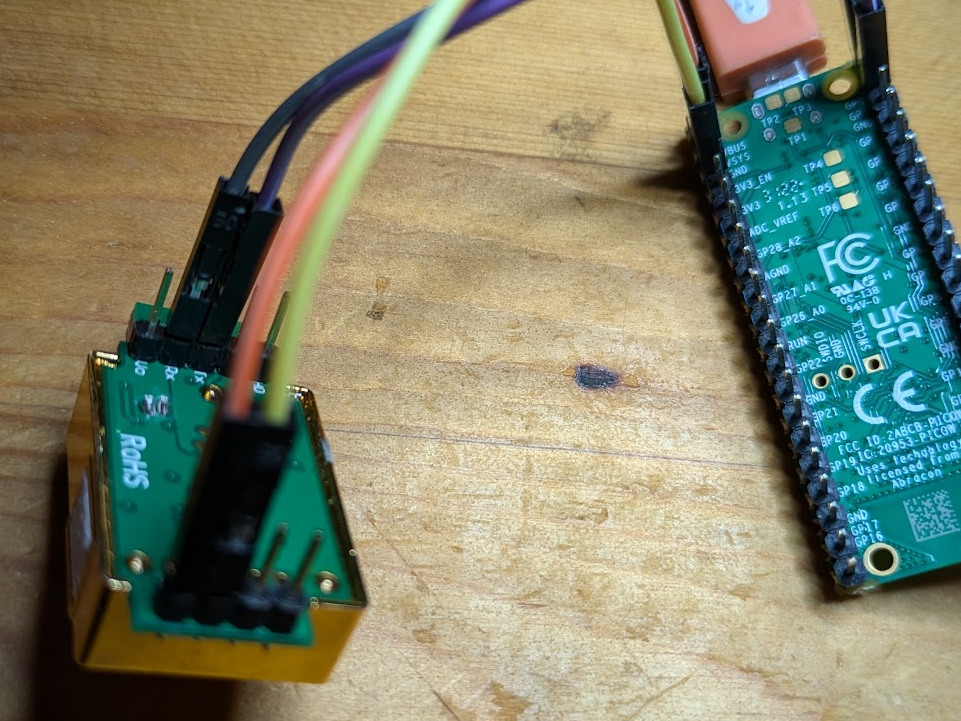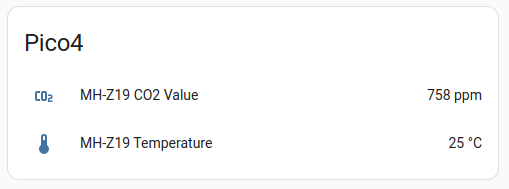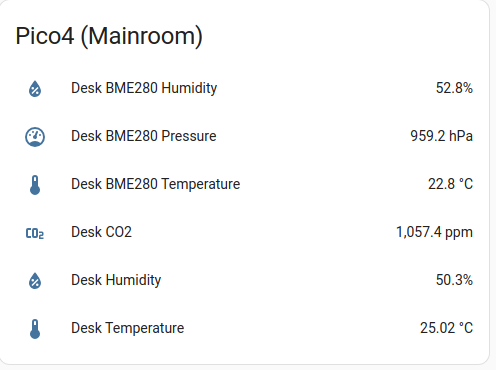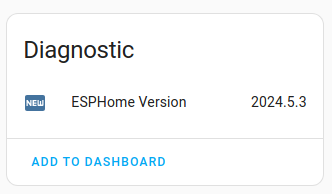Running Redis on Raspberry PI Zeros
In the past months I replaced a lot of Raspberry Pi Zero Ws with Raspberry Picos running ESPHome. What could I use these extra Zeros for now? For another ongoing project I need a Redis as broker in my local network. I could use one of the Zeros for that, but are they fast enough?
First we need Docker to run the armv6 version of Redis. To install Docker I chose the convenience solution which when looking at the script is doing the same as the manual version above on the same site.
Install Docker:
To simplify the Docker command, we use Docker Compose and change the command to actually store data on disk, add a volume and expose the Redis port.
services: redis: image: redis:7-alpine ports: - '6379:6379' command: redis-server --save 60 1 --loglevel warning --requirepass some-password volumes: - /home/pi/redis-data:/data
Finally start the container:
I setup this on two Raspberry Pi Zero Ws and one Raspberry Pi Zero 2W to compare to. The actual benchmark was run on my notebook in the same network:
docker run --rm redis redis-benchmark -h <IPADRESS> -a some-password -t set,get -r 10000 -n 100000 -q
The settings are: Only test "set" and "get" and use 10000 different random keys and not use only one key. Do this 100000 times.
Runs:
run |
Raspberry |
SET |
GET |
|---|---|---|---|
1st run |
Zero W A |
SET: 680.38 requests per second, p50=66.495 msec |
GET: 692.57 requests per second, p50=65.119 msec |
2nd run |
Zero W A |
SET: 716.61 requests per second, p50=67.647 msec |
GET: 724.76 requests per second, p50=66.815 msec |
3rd run |
zero W A |
SET: 710.87 requests per second, p50=67.519 msec |
GET: 724.68 requests per second, p50=66.751 msec |
1st run |
zero W B |
SET: 723.24 requests per second, p50=65.855 msec |
GET: 730.49 requests per second, p50=64.959 msec |
2nd run |
zero W B |
SET: 703.07 requests per second, p50=68.607 msec |
GET: 719.88 requests per second, p50=67.711 msec |
1st run |
zero 2W |
SET: 4020.59 requests per second, p50=11.319 msec |
GET: 4209.99 requests per second, p50=11.287 msec |
2nd run |
zero 2W |
SET: 4068.68 requests per second, p50=11.231 msec |
GET: 4254.41 requests per second, p50=11.231 msec |
CPU on the Zero 1Ws is between 30% and 40% for the Redis process while the benchmark is happening. The Zero 2W is around 40% CPU too, but it is using all 4 CPUs. As seen in the benchmark the Zero 2W is more than 5x faster than the Zero 1W. I still plan to use a spare Zero 1W for Redis. When the performance is not enough I still can replace it with a Zero 2W.



